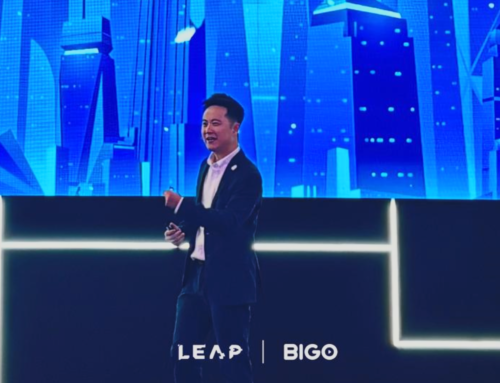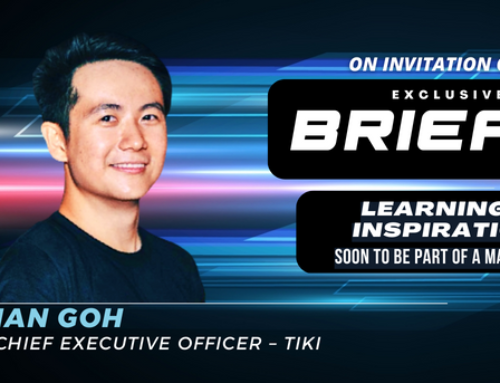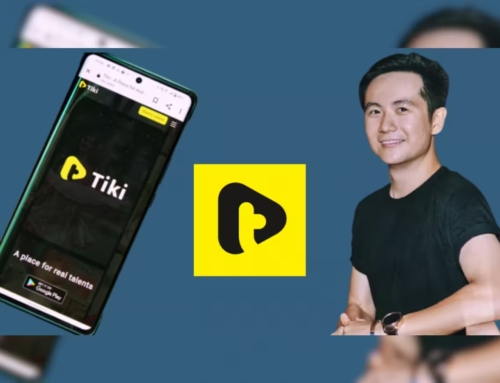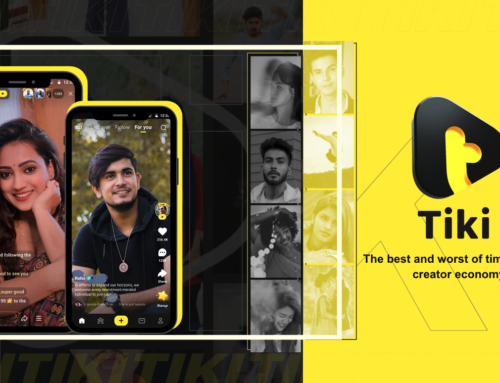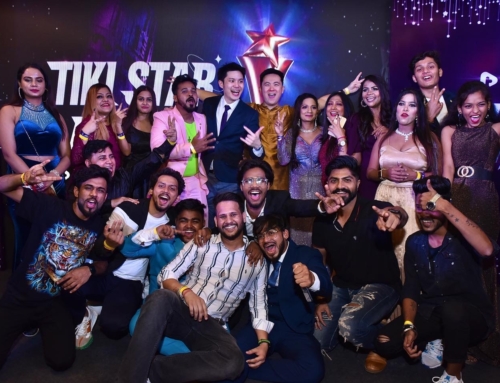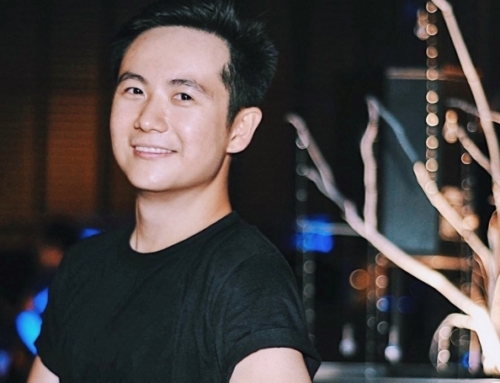This article was originally written on Financial Express
“You can’t just make money from views anymore. Social media has to really care about the creators.”
Written by Saurabh Singh
Tiki has been around for almost two years now. The short video app— a potential rival to TikTok— that calls itself “make in India” has had a busy 2022. The platform, apparently took the greater part of the year trying to create “a healthy creator ecosystem” and got rewarded with “very minimal creator churning” while opening new verticals including live streaming and Discord-like chatrooms to boost engagement and revenue.
In an exclusive interview with FE’s Saurabh Singh, Ian Goh, Chief Executive Officer at Tiki, reveals the platform’s future plans while giving rare future-gazing insight into social media in 2023 and beyond. Excerpts.
What was the idea behind starting live streaming on Tiki?
Our live streaming vertical was built in 2022. We found that real-time interactions have better revenue traction for creators. Gaming is a genre that we are trying to explore in India. Voice chat room is another avenue that we have opened up. Let’s say in the future we have a screen where people talk and [also] play games together, and then be also able to stream it—this is something that we’re trying to explore, probably for 2023 and 2024. The Game Awards 2022 was just the stepping stone. We are exploring other forms of partners in the space, too.
How do you plan to take this –live streaming— forward?
We want to ensure that all content on the platform is original. Eventually when the creator has built their loyal following, we’re trying to find a way for them to make money. We are a marketplace and we cannot be subsidising all the time. We’re going more decentralised so creators can earn [through stars] on our app. This is why we didn’t launch live streaming from day one. We had to build the ecosystem and make it self-sustaining first.
What do you mean when you say Tiki is going “decentralised”?
We are not saying that we want to get into the blockchain space. But we are taking the good principles from it which is to reward our users fairly. Let’s say for example, creators can get stars [on Tiki] and earn equivalent credit in real time. We want to ensure transparency on that front so creators can know what to do and whether [or not] to invest more in the app. We want to really bring value to all the creators in India.
But you also have publicly said you want to break even by 2023. Are you close (with your current approach)?
We are still sticking to that goal. But we’re focusing even more on strengthening the ecosystem and make it healthy. We have less creator churn but we also have less user churn. This is very important because we don’t want to be spending heavily on, let’s say, buying users each time because if we keep doing that, then it’s not sustainable and the users [will] disappear the next day. We don’t want to pivot into too many things.
We are seeing good revenue trajectory for our app. We have been growing 50-100%. When we grow, the creators will also grow. When the creator earns, we earn [and survive and sustain]. That’s how our revenue model is. We don’t do ads.
Why is Tiki not getting into advertising and social commerce to boost revenue (like other social media apps) yet?
A huge investment needs to be done in advertising. It also relies on third parties and with the recession maybe, companies have less marketing budget spend. Social commerce is a whole different ball game of logistics. You have to build a team. These are some of the things we thought about in 2022 and we found that strengthening the relationship between creators and users will be the game changer for 2023. We are trying to double and triple down on strengthening this relationship because we believe that it is going to be a big driver [for us].
It’s not going to be easy, especially in India. We have to be realistic about the economic situation as well. People are spending less. There are a lot of layoffs happening. Maybe people will spend less on entertainment and that’s something that we have to brace for, too. Also, investors are probably not putting in as much funds as before so we will have to ensure that everything [we do] has high efficiency.
Let’s gaze a bit into the future now. Social media in 2023?
You can’t just make money from views anymore. We should maybe talk about intentional economy [not attention economy]. Social media [now] has to really care about the creators. It’s not about how many views you have on a platform, but about those [real users] who would genuinely support and commit to these creators. You just need 1,000 “true” fans to support you [not a million or two million] and if they support you, then you are basically onto something.
Who is a real follower? Is this model even sustainable?
Ultimately, our vision is to create a community of real talent. True talent is when the user or the viewer says that this is talent, and then they support this talent in different ways including credit. About 70% of our creators are full-time content creators. Content creation is a time-consuming thing, you have to create so many different types of videos every single day to really engage your audience, build your audience and following in every platform.
Social media is all about the volumes game. It can be taxing. What about mental health?
Tiki is based on three key pillars— short video for entertainment, live streaming for socialisation and communities for the feeling of connection with one another. We’re the only platform that puts an emphasis on people joining communities because we want them to grow together. They support one another. The popular creators that we have are giving back by going to these meetups and supporting other creators, do collaboration videos together maybe. This really helps everyone in terms of their well-being. There is healthy competition.
How do you make a social media app in 2023? Does Facebook’s first-mover advantage help?
Five or six years back, maybe this first-mover advantage would have helped. If we were not first, we would have missed out. But not anymore. Moving first does not bring in long-term benefit. You probably take longer time to educate and build the market but it’s never too late to start anything. But what I will always caution in advance is that you’ve got to know what you’re signing yourself for. It’s not your typical day job. We’re taking a huge burden in terms of building something that we hope that we can actually solve [for], even though it’s not that easy. You really have to have that grit and perseverance to really stomach some of the challenges that come your way, results that will slap you in your face and say “Wow! No, this is not going to work at all.” Everyone can start but how many will survive and add value [to the space], that is the key question.
What are some of the key things on your to-do list in 2023?
Aside from breaking even, we want to strengthen our creator ecosystem further in 2023. We want to push for intentional economy. We want to increase in terms of our monetisation tools that we have for creators as well including facilitating more events for creators to participate in. We have opened up our app to the global market recently with Singapore where we’ve seen quite a number of Indians using Tiki. We expect the same thing from markets like the Middle East. We don’t want to expand aggressively [because that will incur more cost] but we have more than half a million creators on the platform now posting so much content and this content should be seen by Indians around the world. Lastly, we want to also work with local partners to see how we can take our “make-in-India” narrative further and become the go-to Indian platform in the market.


